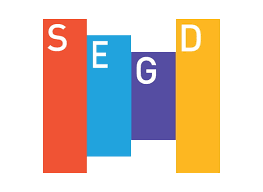ARCHIVE: Category Archive for: Original Posts
Metro Sign & Awning Expands Reach with Acquisition of ViewPoint Sign & Awning

Continue reading to learn why design-build projects might be the best method to approach your next signage project.
Partnerships: When 1+1=3
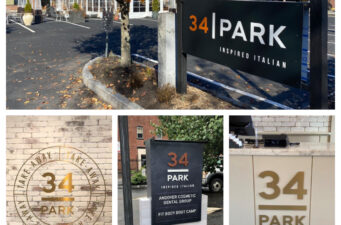
The whole is greater than the sum of the parts. Strategic business partnerships empower companies, giving them the opportunity to grow their customer bases via referrals—a very potent strategy—and more importantly, improve their business by leveraging other’s capabilities to produce better products and services than they could on their own. Metro often works on projects involving large corporations, financial and educational institutions, retailers, mixed-use developments, and more. It’s often on projects like these that general contractors, property developers, architects, or property managers—experts in their fields but not in signage—bring Metro in to assist. When we’re involved early in the planning stages by partners, we can anticipate and address potential issues that those not in the signage industry might not realize
Optimizing Higher Education Signage with Metro Sign & Awning
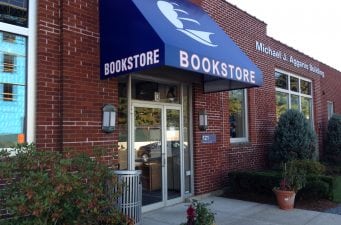
No one likes to get lost! And one of the best ways an institution can help people find their way or get important information quickly and clearly is to employ signage. In fact, signage offers a good tool for higher education settings. Freestanding signs with electronic message center displays (EMC) distribute daily and emergency information efficiently, and wayfinding signs help people navigate campus more easily. Interior signs can reinforce learning by supporting multimedia for lectures or enhance the interdepartmental recognition of student accomplishments by enabling departments to promote their students’ successes. And consistent signage supports both an institution’s branding and elevates its school spirit. Metro Sign has worked with a variety of colleges and universities right here in the heart
Keeping Pedestrians Safe at Fitchburg State – Higher Education Series Post 1

One of the colleges with whom Metro Sign has worked is Fitchburg State — a client for over three years. Some of the college’s first projects included adding need-based interior photopolymer Americans with Disabilities Act (ADA) signs. This initial opportunity led to additional signage projects including wayfinding, monument signs, directories, building identification, and award displays. One important job included the addition of flashing pedestrian signs at crosswalks. College administrators worried that vehicles failed to slow down when students and faculty entered the crosswalks, which could cause a hazardous situation. To keep both vehicle and foot traffic safe, Metro Sign installed environmentally-friendly new pedestrian signs with flashers activated by the press of a button. These solar-powered lights flash visibly to vehicles
How Much Does a Business Sign Cost? Calculating the Return on a Sign Investment

When it comes to your business, branding is a big deal. After all, that’s the primary way that your business gets its name and ideas out to the public, and as such you need to make it one of your company’s highest priorities. As the owner, you may have used some modern branding, such as using social media sites or building your own company website or may have used online advertising. However, it’s also a very good idea to use real-world means to build your business, and one of the best ways to do that is via business signage. Business signs continue to be used to this day because they’re a very cost-effective way of getting the job done, and
9 Types of Business Signs and Services
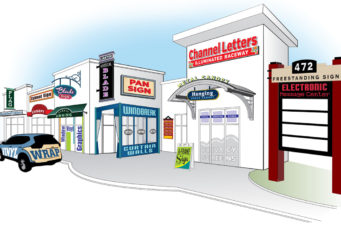
If you’ve been looking into business signage, you might have found yourself bombarded with new terminology. Pylon, monument, blade… what’s the difference between all these types of signs? Here are the standard options for exterior and interior business signs. We hope these pictures and descriptions help clear up any confusion. You can also use our interactive Educational Sign Type Tool to learn more. Types of Exterior and Interior Business Signs Pylon Signs Pylon signs are the large, freestanding signs that are meant to be seen from a distance. They’re usually supported by one or two tall posts, and you’ve seen them used by gas stations, hotels, shopping centers, and restaurants along busy roads or highways. They can advertise a single
Revitalizing Historic Hudson Mills
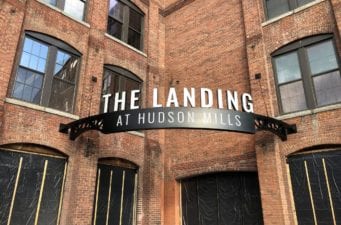
A multi-million dollar renovation is underway in Hudson, Massachusetts. Developers are revitalizing the iconic Landing at Hudson Mills for contemporary use. When Mark Development and Manzo-Freeman Development began upgrading the treasured landmark with modern systems, utilities, and finishes, they knew they had to include signage to attract tenants. They called on Metro to build a welcoming focal point for clients and employees visiting the transformed space. A Sign of the Times We were excited to work with The Landing at Hudson Mills because the project was two-fold. They needed us to design and build an upscale and illuminated sign that had some historical elements. Our team worked closely with the owners to create a piece that could sit on their
5 Business Benefits of Custom Interior Signs
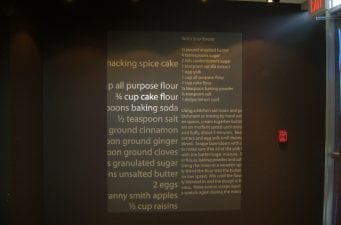
When opening and running a business, one of the biggest mistakes people make is neglecting their interior signs. Avoid doing yourself this disservice: learn exactly how big a difference interior signs can make for your customers, visitors—and your bottom line. Why Interior Signs? You’ve realized already that most of your customers need some kind of outdoor sign to find your business. But, once customers or visitors have walked through your doors, interior signs take over. Serving as a kind of silent salesperson, guide, and reputation booster, the interior signs help you lead your visitors once they have gathered inside your store or business. Interior signs do this by performing one or more of five distinct functions. 1. Wayfinding Wayfinding signs
The Benefits of a Complete Design-Build Signage Process
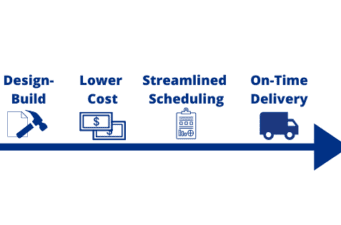
In a design-build project, a single team completes the project; from design to fabrication to installation. A completed design-build team has major benefits. With a non-design/build approach, the client first works with a designer or architect, then sends the design to a separate fabricator. This relationship doesn’t always work in the client’s best interest, because neither entity is 100% responsible. This often results in needless delays and can result in errors. Design-build solves this problem, which is why we offer it. Here are the benefits clients see as a result: Lower Total Cost and More Accurate Budgeting With a design-build signage process, your initial estimate tends to be more accurate. That’s because there are fewer unknowns when a single supplier
Teamwork’s on the Menu
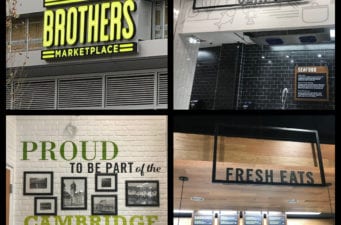
Have you ever watched the credits roll after a movie? When you realize how many collaborators are involved, it’s no surprise that many great movies exceed their budget exponentially. That’s why we’re proud of an unexpectedly collaborative project that we recently completed without disrupting the schedule. The Project When Roche Brothers approached us to work on one of their locations, we were honored and excited to be sought out by a family-owned Massachusetts company that we all know and love. They asked us to co-design, build, and install clean looking, durable interior and exterior signage, and approximately 1,000 square feet of painted stenciling to add a crisp design element to the indoor environment. We happily agreed. Behind the Scenes Every
Categories
- ADA
- Architectural Signage
- Awnings and Canopies
- Branding
- Colleges and Universities
- Community
- COVID-19
- Curated Content
- Customer Spotlight
- Customers
- Deep
- Design/Build
- Digest
- Digital Signage
- Eco-Signage
- Electronic Message Centers (EMC)
- Enclosures
- Exterior Signage
- Fabrication
- Freestanding Signs
- Fun
- Functional Signage
- Green
- How Much Does a Sign Cost
- Industries
- Inside Metro
- Interior Signage
- Legacy
- Legacy-EA 2.0
- Metro Sign
- Metro Sign & Awning
- New England Signs
- Newsletters
- Original Posts
- Others
- Partners-Developers-Contractors
- Professional Signage Installation
- Publications
- Residential Signage
- Sign Design
- Sign Renovation
- Sign Types
- Sign Warranty
- Signage Regulations
- Signage ROI
- Signage Tips
- Vehicle Wrap
- Wayfinding
- Window and Door Graphics
Recent Posts
Tags
Copyright 2022 MetroSign and Awning, All rights reserved | Privacy Statement | Terms of Use
